Pacvue announced a pivotal partnership with Tesco Media & Insights Platform that significantly bolsters its European operations and further embeds its role in the digital-advertising ecosystem. Through an integration with Epsilon Retail Media, brands can now activate, optimize and measure sponsored-product campaigns directly on Tesco’s platform using Pacvue’s unified commerce-operating system.
What the Announcement Covers
The partnership enables brands to manage Tesco Media advertising within the same platform they use for other major retail marketplaces-delivering a unified global strategy with local relevance.
Together, Pacvue and Tesco Media developed a custom metric called “Sales at Checkout”, aligned with Tesco’s fulfillment-based attribution while remaining standardized for cross-retailer comparability. Advertisers can now choose to report on either sales at checkout or full-fulfilment.
Pacvue’s full suite of tools-advanced reporting, automation (bidding, budget pacing, dayparting), unified workflows and bulk operations-are now available for Tesco Media campaigns, eliminating the need for retraining teams or switching tools.
For agencies and brands operating across markets, the move offers global operational consistency while tapping into one of the UK’s foremost retail-media networks-strengthening Pacvue’s EMEA presence and brand value proposition.
Implications for the Digital Advertising Industry
This announcement is important for digital advertising pros, ad-tech platforms, brands, and agencies.
1. Retail Media Matures as a Core Channel
Retail-media advertising, like sponsored products on marketplaces and grocer-media networks, used to be just an add-on to search and social. The integration of Pacvue with Tesco Media signals that retail media is now sufficiently mature to demand full integration into brand-wide ad platforms, not siloed consoles.
2. The Demand for Platform Consolidation Grows
Brands managing campaigns across Amazon, Walmart, Carrefour and now Tesco Media face fragmentation of tools, KPIs and workflows. Pacvue’s ability to bring Tesco into the same console means advertisers, agencies and platforms are investing in tool consolidation to manage complexity and scale.
Also Read: Inkeep Launches Agent Builder for Customer Experience
3. Attribution and Metrics Evolve
The co-developed “Sales at Checkout” metric reflects the industry’s challenge: standardizing attribution across fulfilment models and vendors. As more retailers create their own data models, ad-tech vendors need to be flexible. They must also ensure that everything works well across different channels. Digital-advertising pros need to understand and respond to more attribution signals now.
4. Automation & Data-Driven Advertising Accelerate
With full integration, campaign automation becomes more powerful—bidding rules, budget pacing, dayparting and bulk operations can now be applied across branded networks, not just search/social. For the digital-advertising industry, this means greater reliance on machine-driven optimisation across retail-media channels.
5. The Blurring of Commerce + Advertising
Pacvue emphasises its identity as a Commerce Operating System, combining advertising, sales, analytics and intelligence. This partnership shows that digital advertising links closely to sales. Brands aren’t just seeking clicks; they are blending ads with retail efforts.
Effects on Businesses Operating in Digital Advertising
The Pacvue-Tesco Media partnership offers clear benefits for brands, agencies, ad-tech vendors, and retail-media networks.
Opportunities:
Brands expanding into UK and EMEA markets can streamline campaign management by using the same platform across markets—reducing training, tool-cost and complexity.
Agencies can help clients by using unified workflows and data models across retailers like Tesco. This gives them a strategic edge in planning, activation, and reporting.
Ad-tech vendors that integrate with big retailers like Tesco and Amazon will gain more business. Brands want connected operations, so this demand will drive growth.
Strategic Advantages:
Brands using unified platforms become more agile. They can set up campaigns faster, optimize better, and see a complete view of performance across retailer networks.
Comparing KPIs like Share-of-Voice (SOV) for Tesco, Amazon, and Walmart boosts competitive insight. This helps in making smart investment choices.
Agencies that can work across many markets and retailers will be favored by companies. They want global consistency along with local relevance.
Challenges & Considerations:
Data integration and governance remain non-trivial: to leverage unified platforms effectively, internal teams must align on taxonomy, attribution models and KPIs.
Retail-media fragmentation persists: while Tesco is now integrated for Pacvue users, numerous smaller networks and region-specific platforms exist—brands must decide where to prioritise and how to integrate.
Measuring true incrementality across networks remains difficult-brands must still invest in robust measurement frameworks.
Operational change-management: Teams accustomed to separate consoles (one for Tesco, another for Amazon) must adapt to unified tools and workflows.
What Digital-Advertising Teams Should Do
To take advantage of this change and match the shifting landscape, marketing and media teams should think about:
Audit retailer coverage: Identify the retailer media networks your brand uses, like Tesco, Amazon, and Walmart. Then, check how many are accessed through different tools.
Standardize KPIs: Create a shared metrics framework. Use measures like ROAS, SOV, and cost-per-sale that work across different retailer networks and console types.
Evaluate ad-tech platforms: Select or optimise tools that support multiple retailer networks (including Tesco) and offer automation, bulk operations and unified dashboards.
Train cross-market teams: Ensure that media-ops, analytics and local market teams understand how to use unified systems and interpret custom metrics like “Sales at Checkout”.
Build a unified campaign workflow: From brief to activation to reporting, design standard workflows that operate across retailers—minimising duplication, enabling scale and consistency.
Conclusion
The Pacvue partnership with Tesco Media & Insights Platform marks a meaningful milestone for the digital-advertising industry. By bringing the UK’s #1 retailer network into a unified commerce-advertising platform, the announcement signals that retail-media is now deeply integrated with global ad-tech ecosystems, and brands must respond accordingly.
In a world where consumers interact across search, social, marketplaces and now grocers’ media networks, advertisers need platforms that combine reach, measurement and automation. Pacvue’s move pushes the industry toward consolidation, automation and intelligence-driven activation.
For brands and agencies looking to adapt, this is a chance to improve operations. You can gain better insights and scale performance across markets, from the UK to EMEA and beyond. Unified platforms will help users in retail media turn ad spend into real growth.
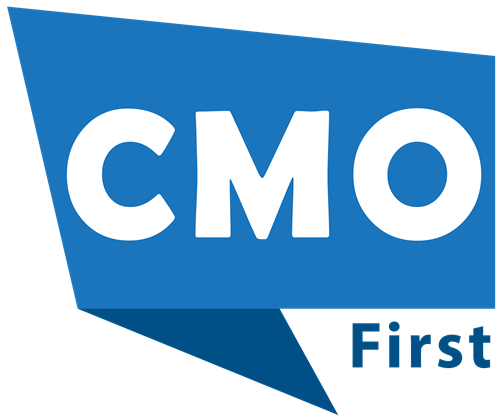




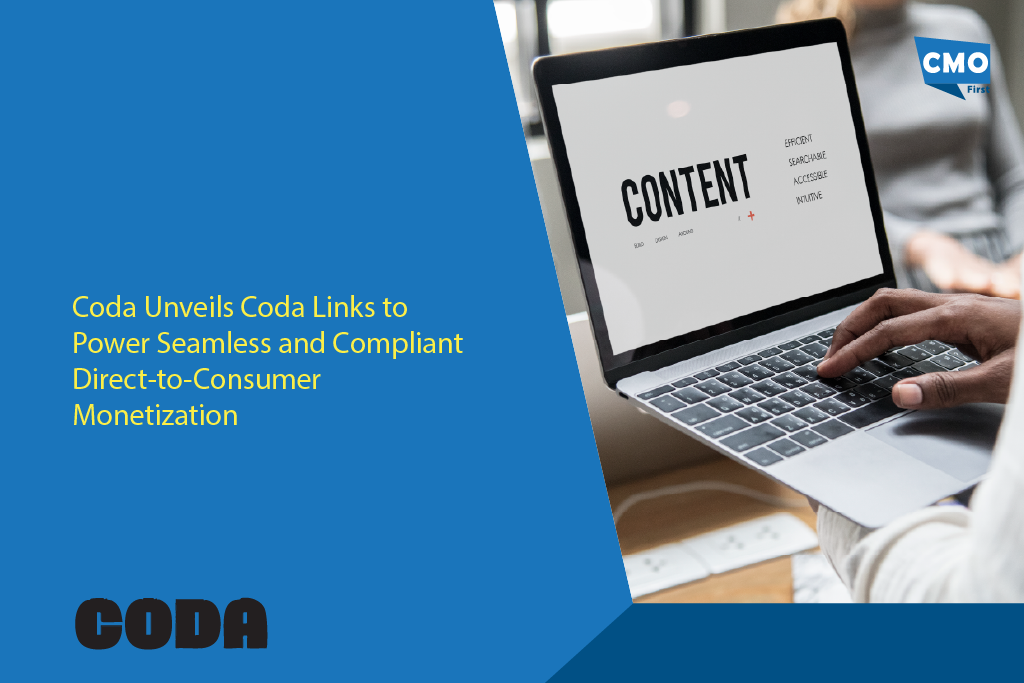


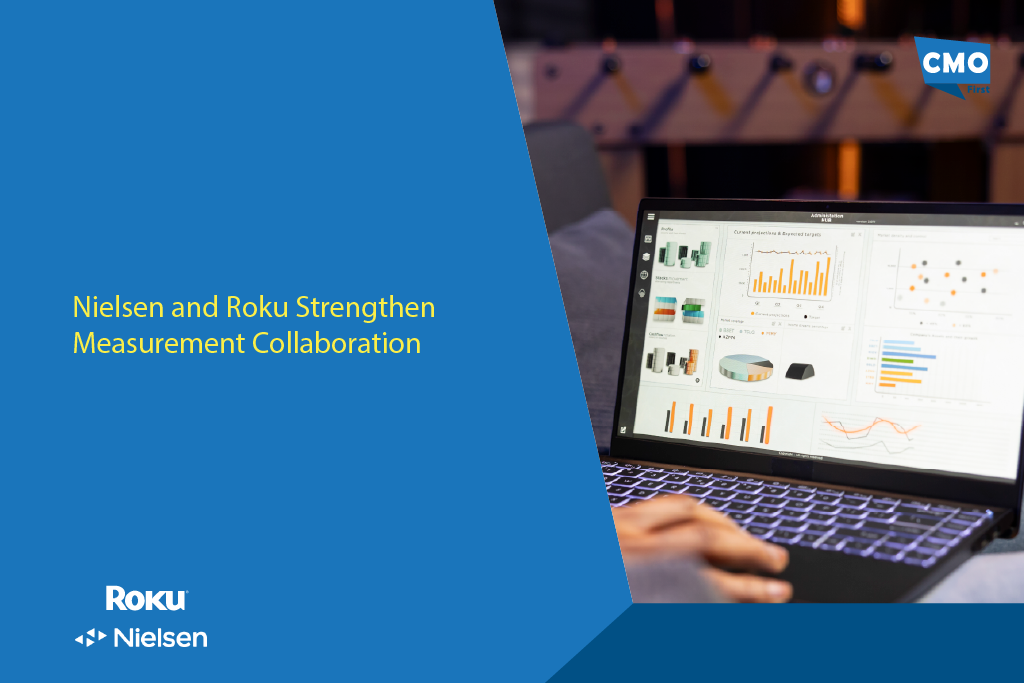






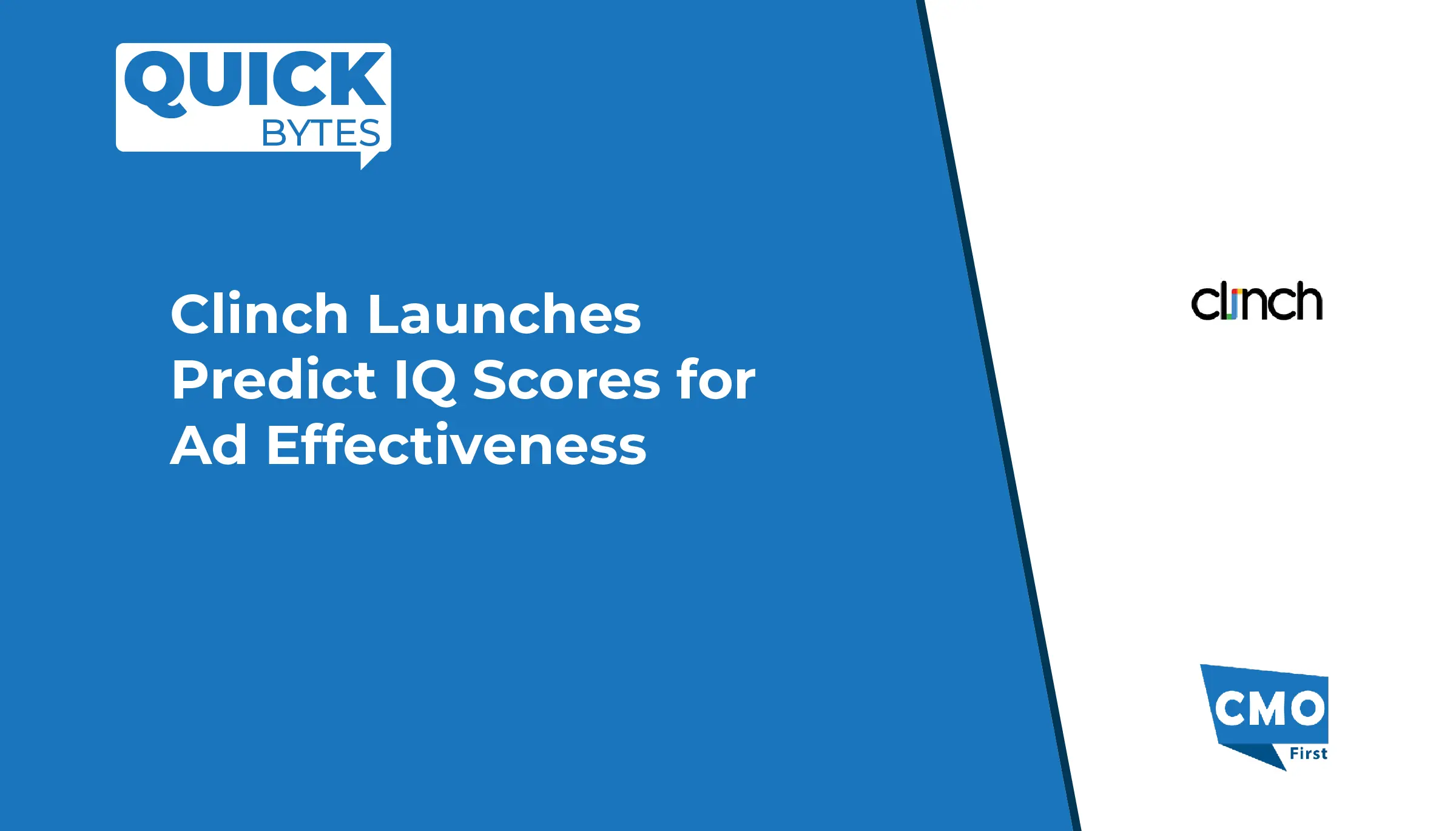


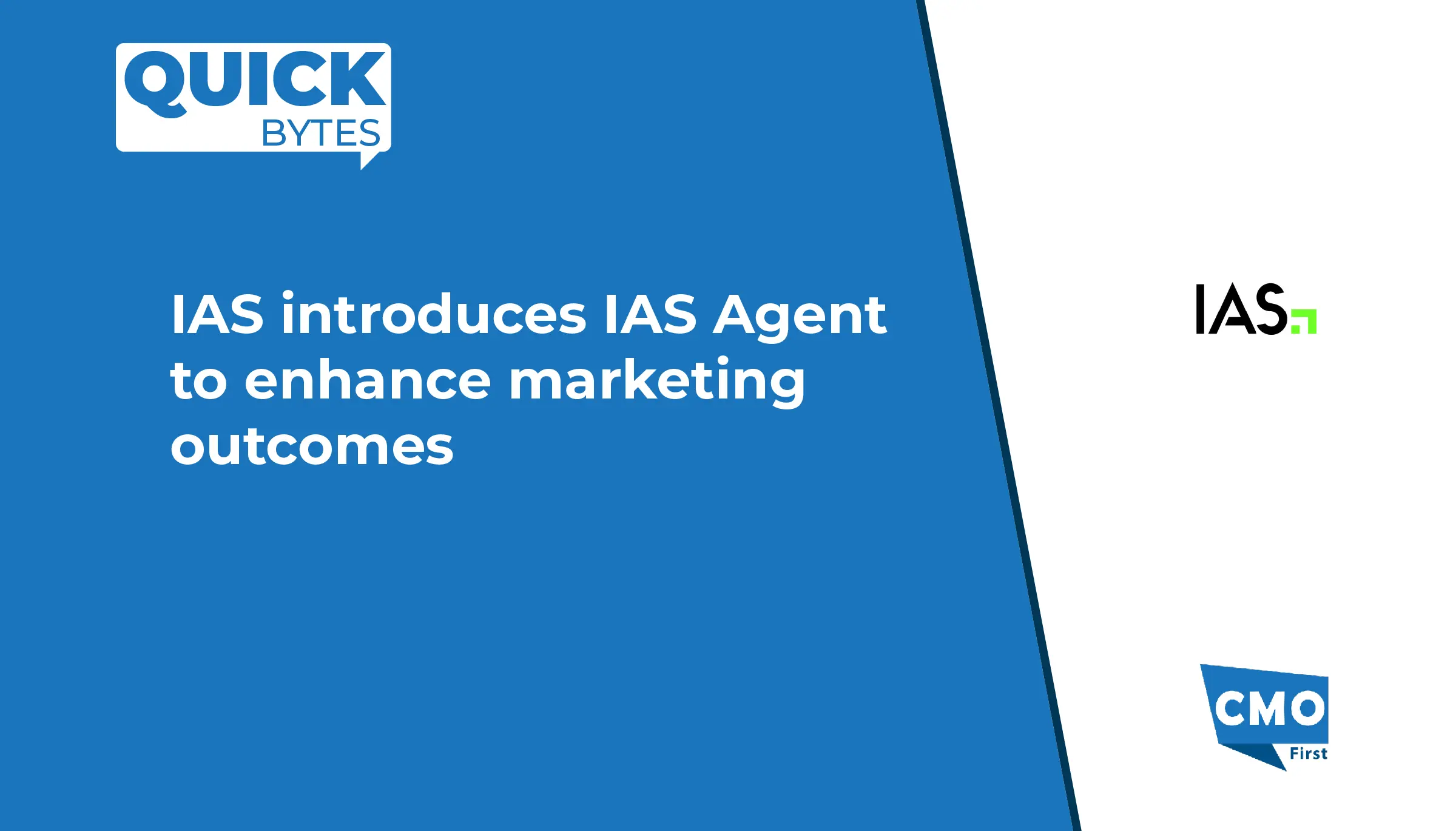
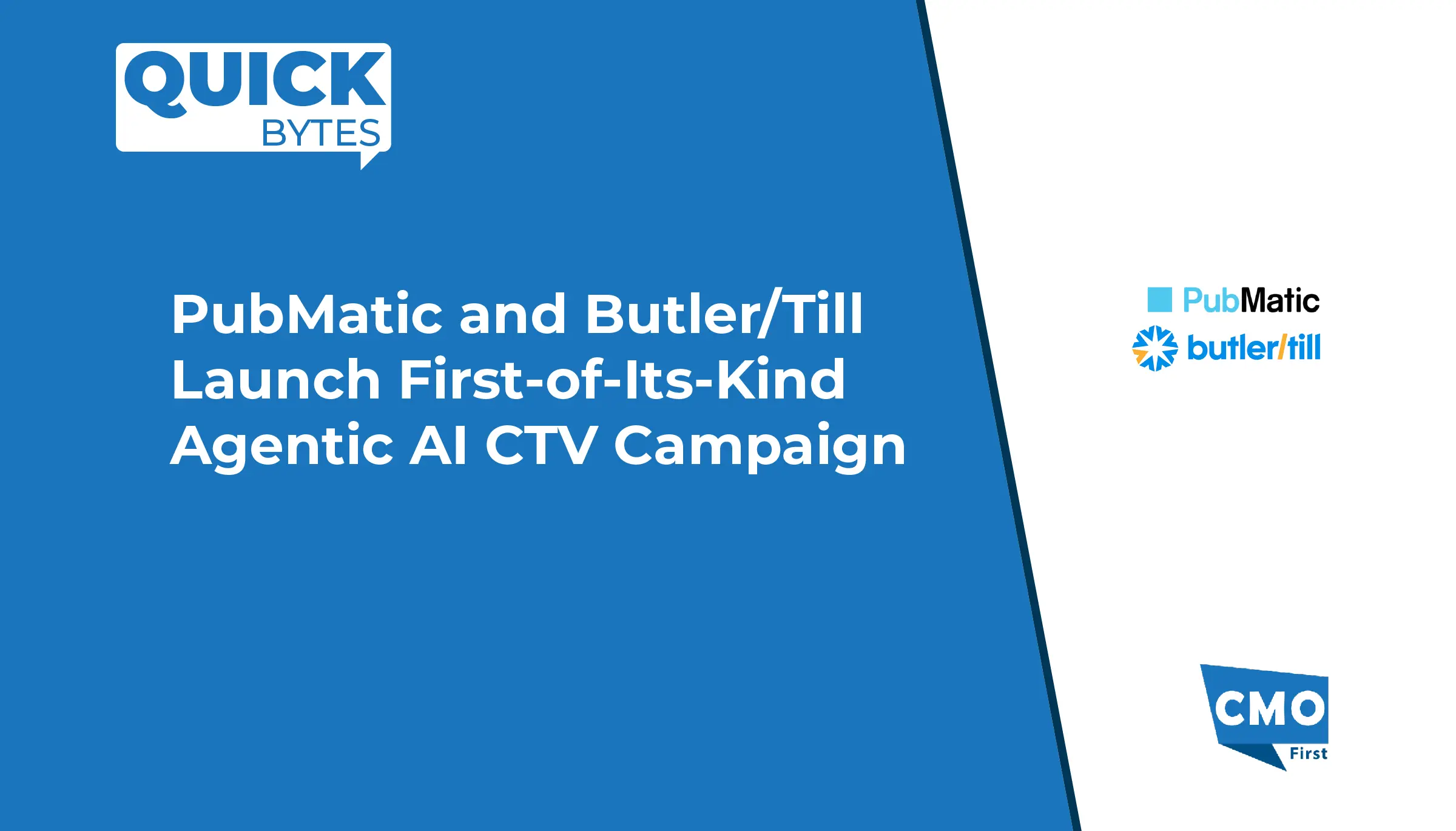



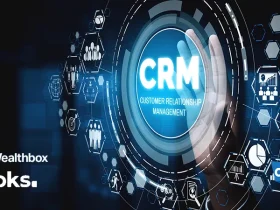
Leave a Reply